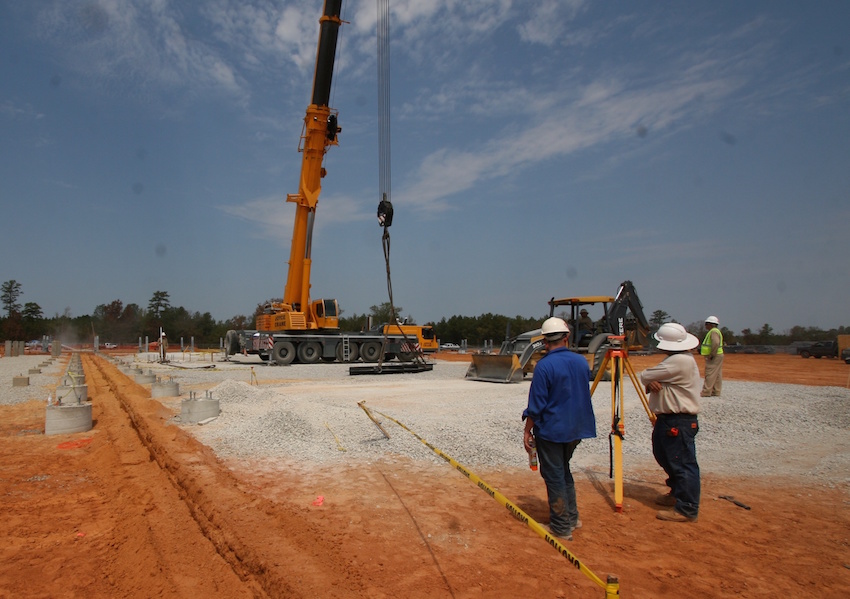
Periodically Calculate Downtime Costs
This will require a lot of data collection and observation — and this has to be done periodically. How much does it cost your company to have machines that are either down and/or unmanned? How much does it cost your company to have your system offline for a wide variety of reasons? These are just a few of the many questions you should try to answer with your calculations of downtime costs. When you calculate downtime costs, you’ll be able to easily calculate if it’s worth doing.
Assess Plan to Mitigate Challenges of New Facilities
As the population increases — and this increase is directly proportional to our dependence on natural gas — so too will our need to build new plants to meet these needs. However, building a new plant automatically comes with its own set of challenges. As a plant manager, you need to assess how you plan to mitigate — if not completely eliminate — these challenges. “Sharing common facilities with an existing plant requires special attention on the design, planning and management of the installation of the interfaces between the plants. Besides the sharing of feedstock and some product storage tanks, other disposal, firewater, central fire alarm systems, electric power distribution system, and other facilities are required to be adequately addressed,” said Mr. Abdullah Hassan, head of the Hydrotreating Reformation Group.
Technology Solutions Are No Longer Optional
In this increasingly digital world, there is no reason why your new plant shouldn’t be online and have a variety of technological solutions available at its disposal. Failure to do so will place your new plant at a supreme disadvantage, not only to the customers you plan to serve, but to your employees at the plant.
Proactive, Not Reactive
If there’s a problem in your plant, how are you responding to it? Are you waiting for something to happen to do something about the problem, or do you have a plan in place for every possible thing that could go wrong in the plant? A good manager knows that the best practices entail the latter plan — that you should be prepared for the worst possible thing to go wrong and then execute your corrective plan so that your downtime is minimal, if any.
If All Else Fails, Subcontract Jobs Out
Finally, but certainly no less importantly, as a plant manager, it’s your job to know when the problems that have arisen in your plant go above and beyond your employees’ purview. Plant managers are sometimes afraid to subcontract out certain jobs — mostly because they’re concerned about saving money and their “bottom line” — but when something cannot be repaired using your current employee base, it pays to call in a specialist to fix it correctly the first time and to keep it fixed in the long run.